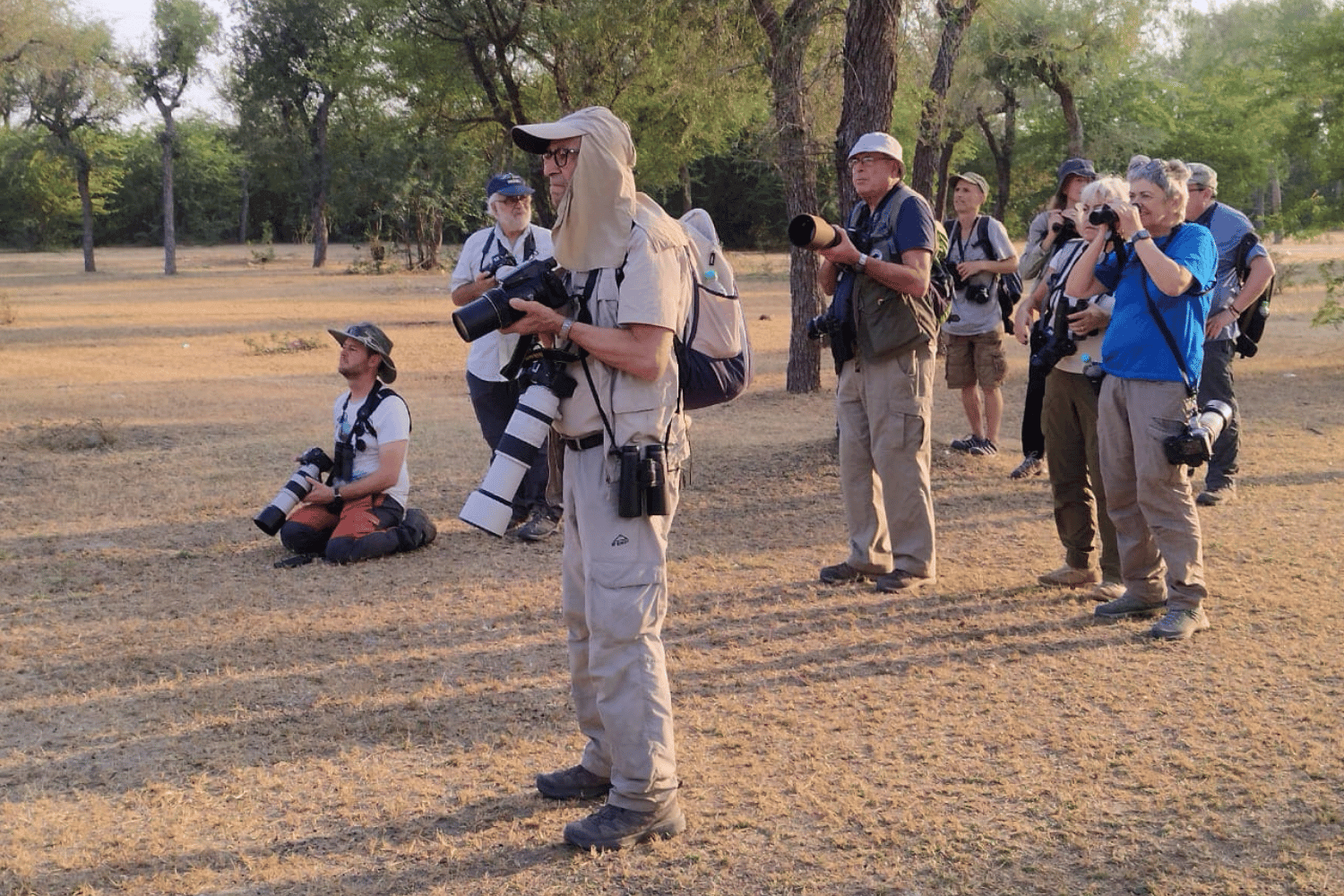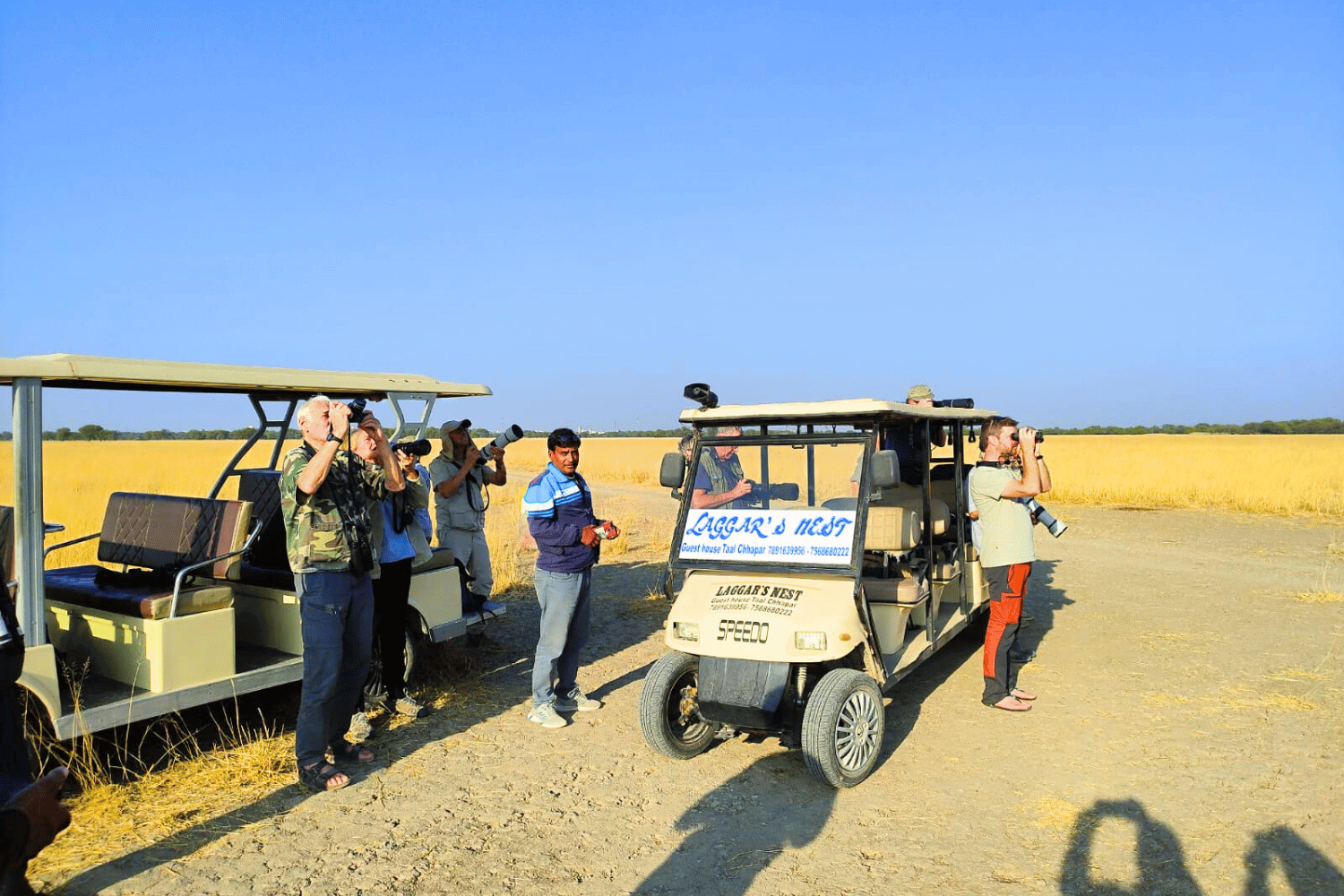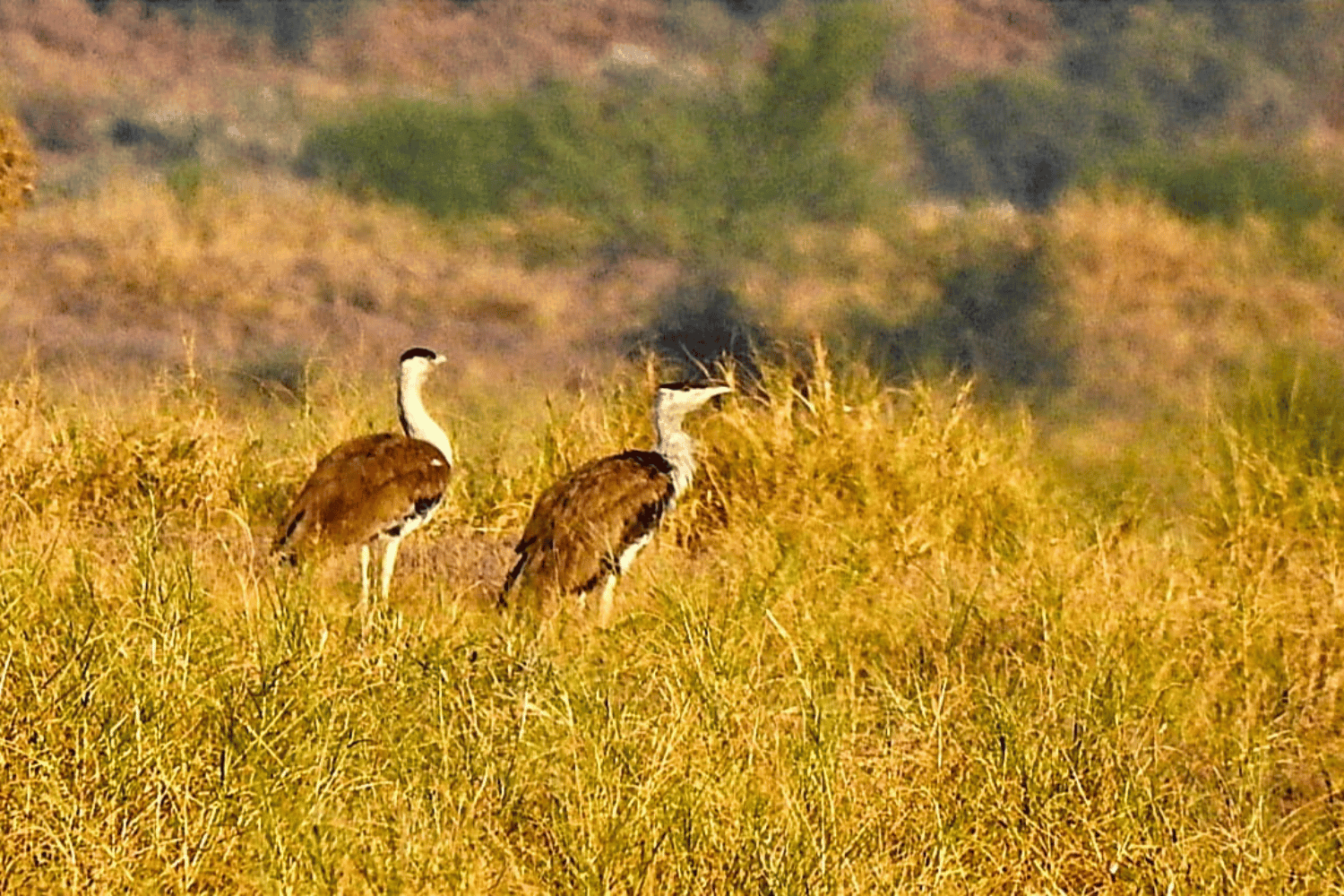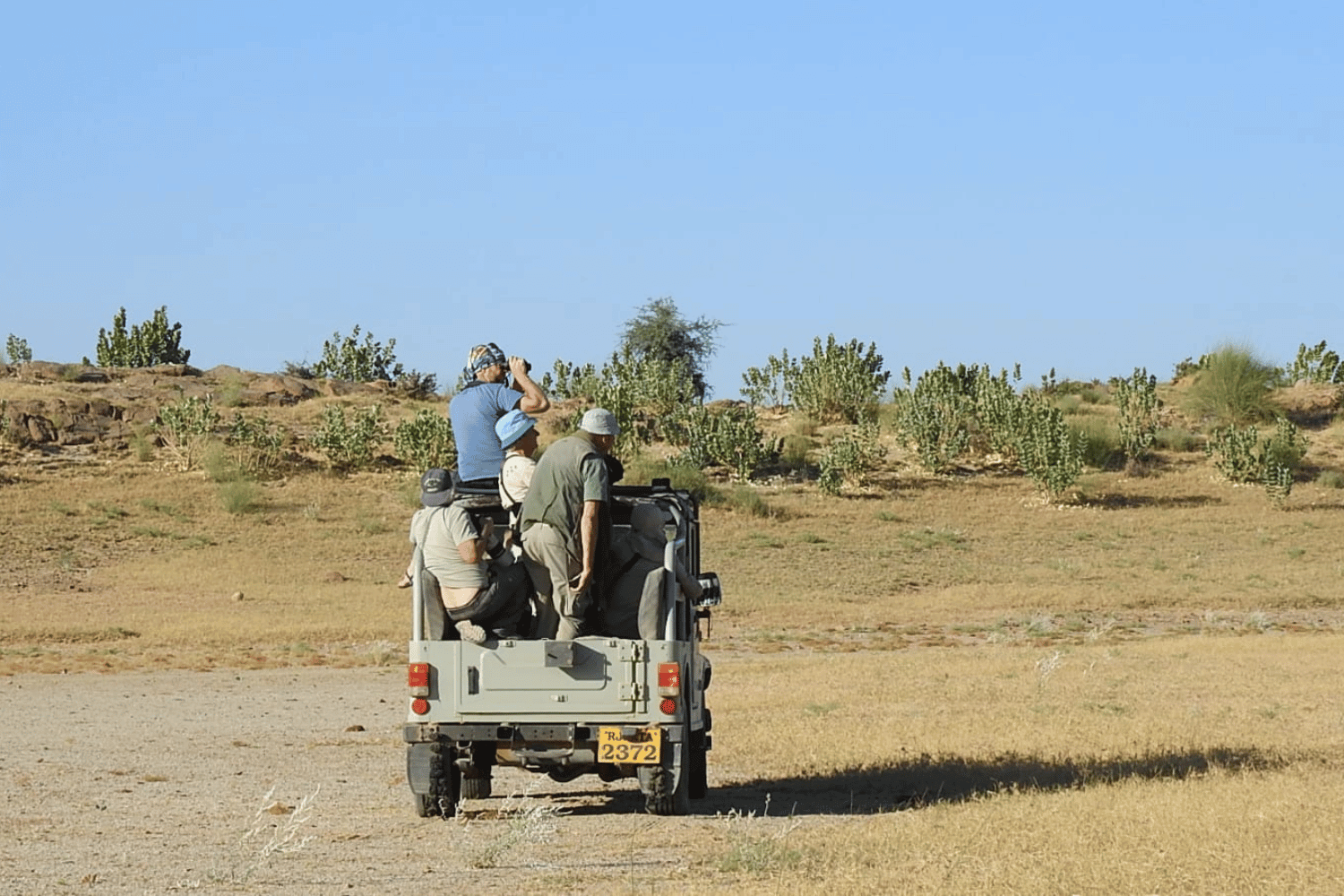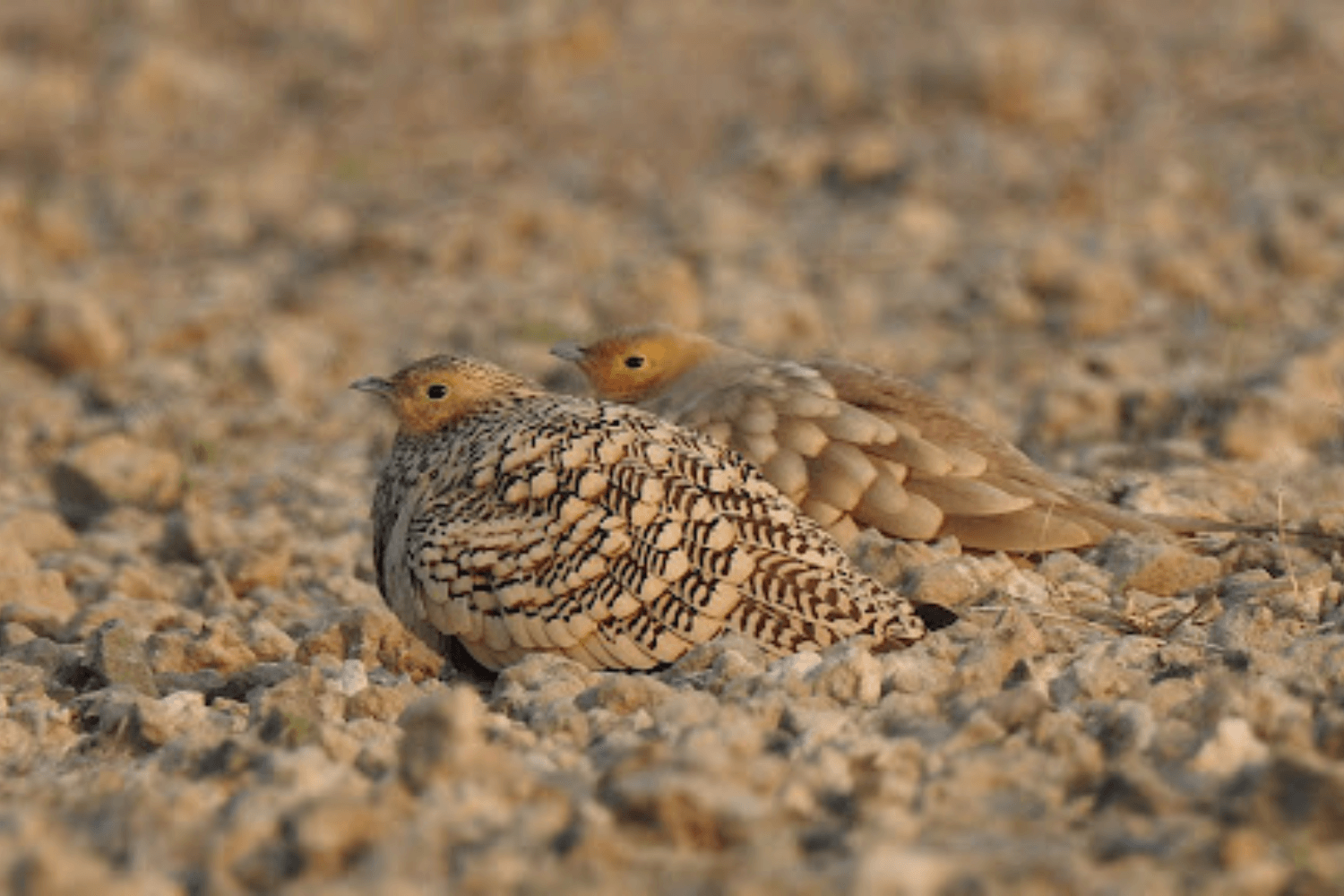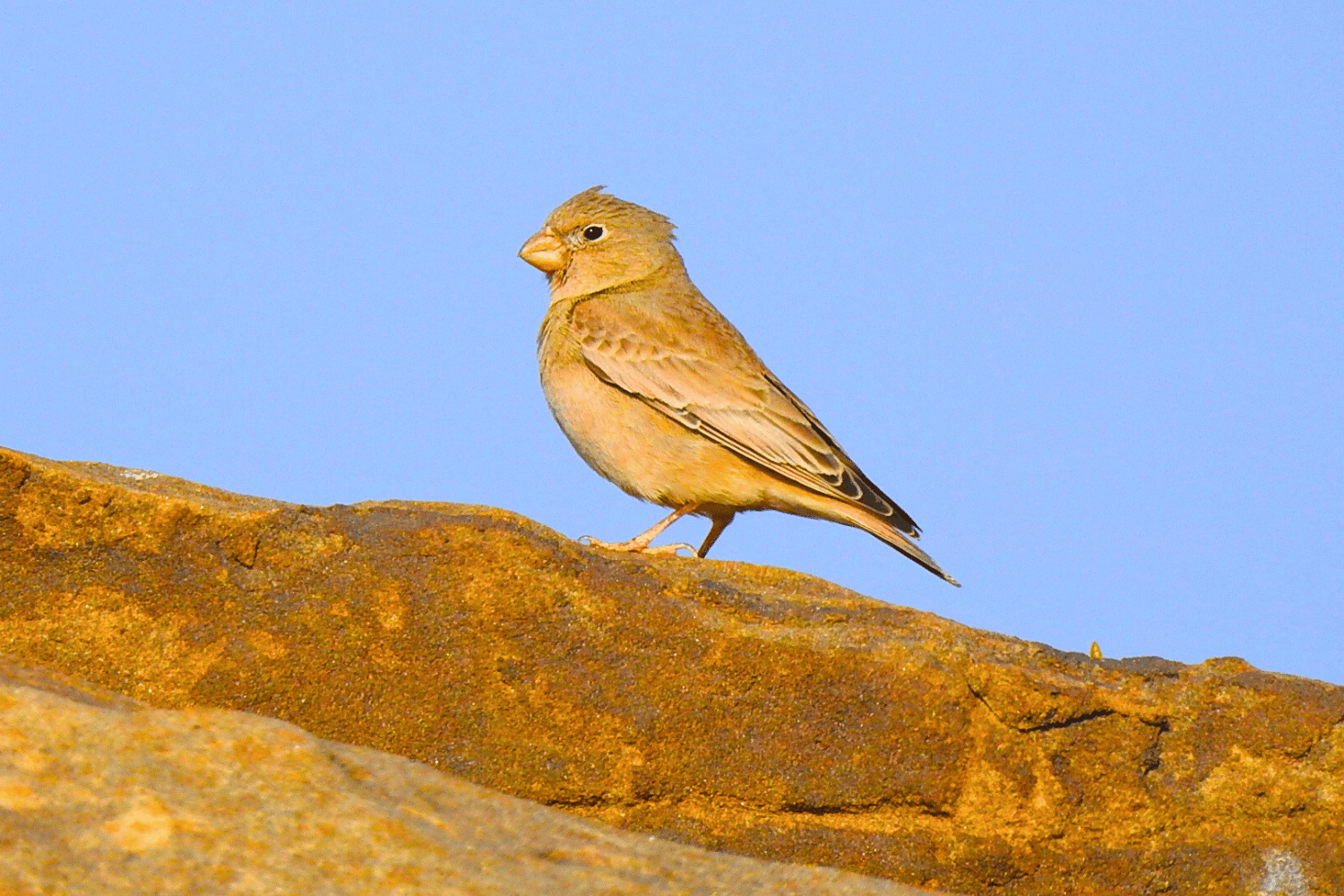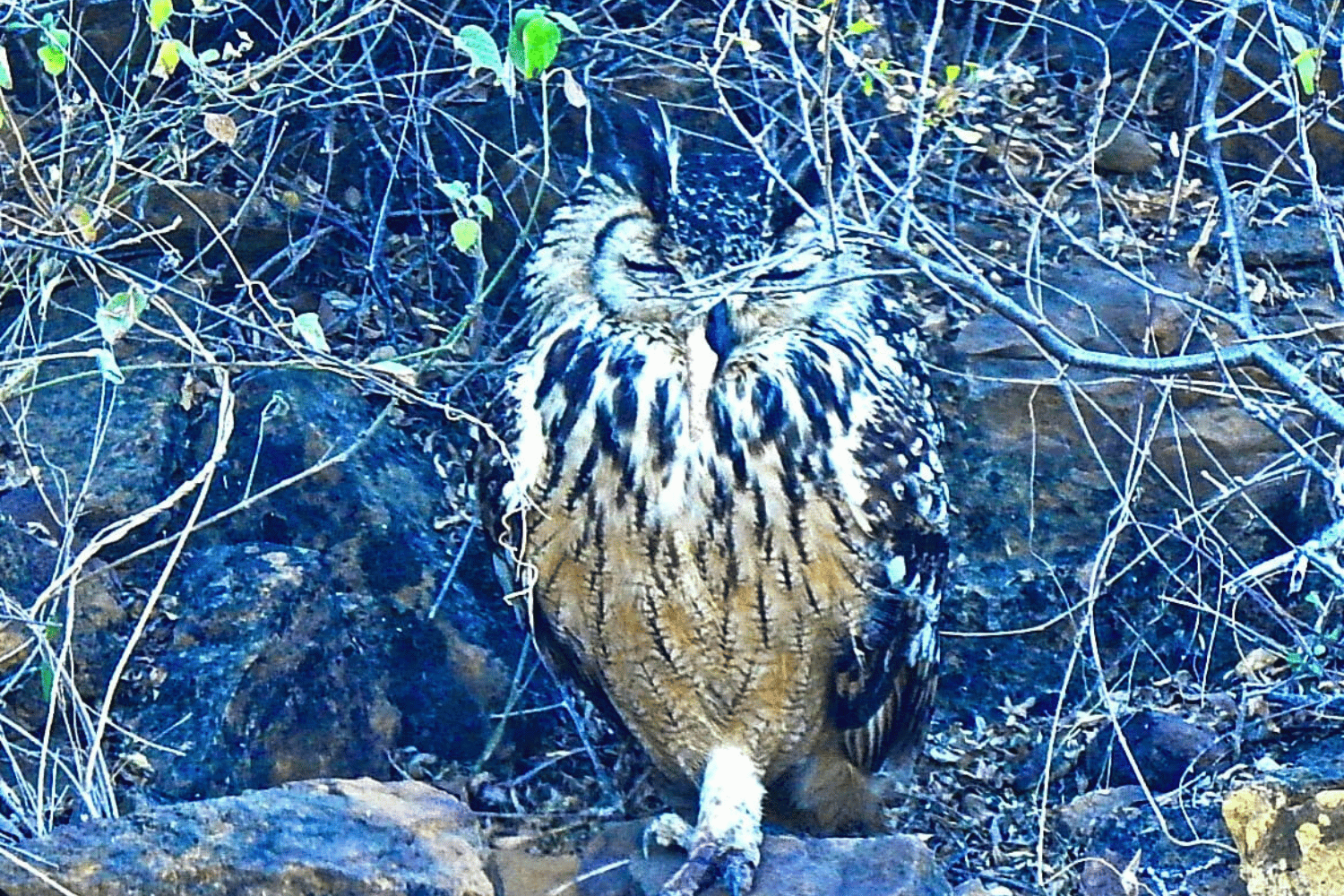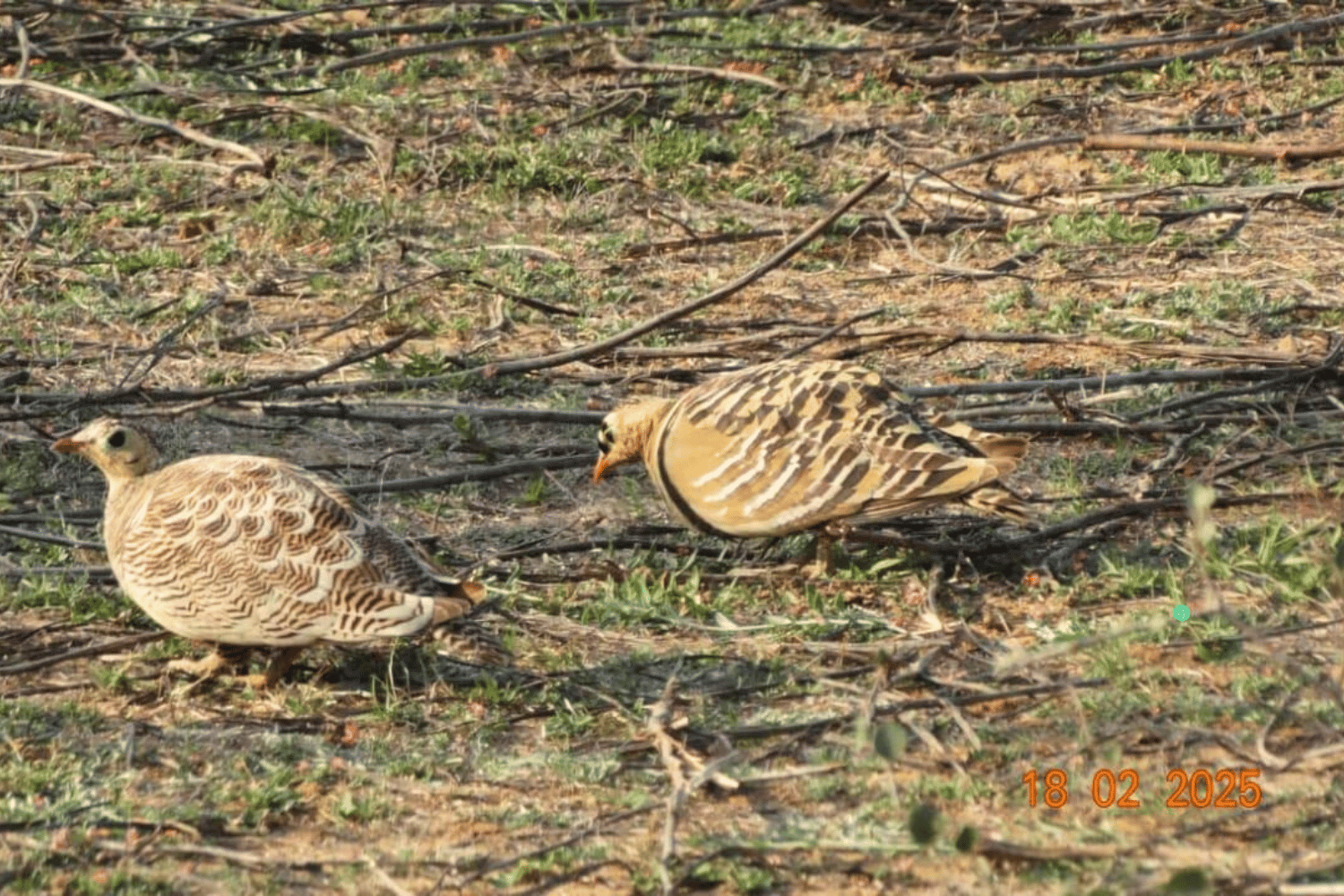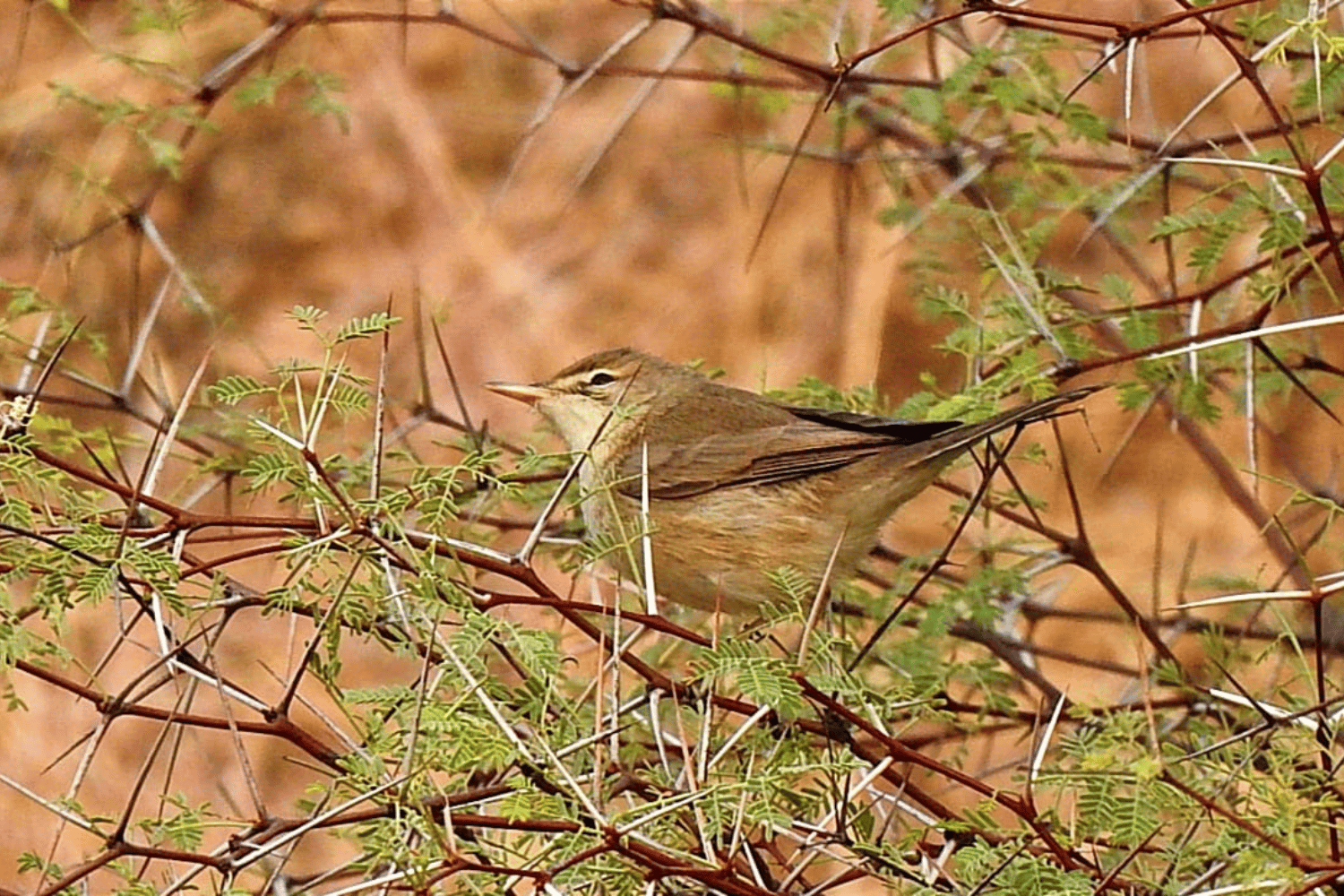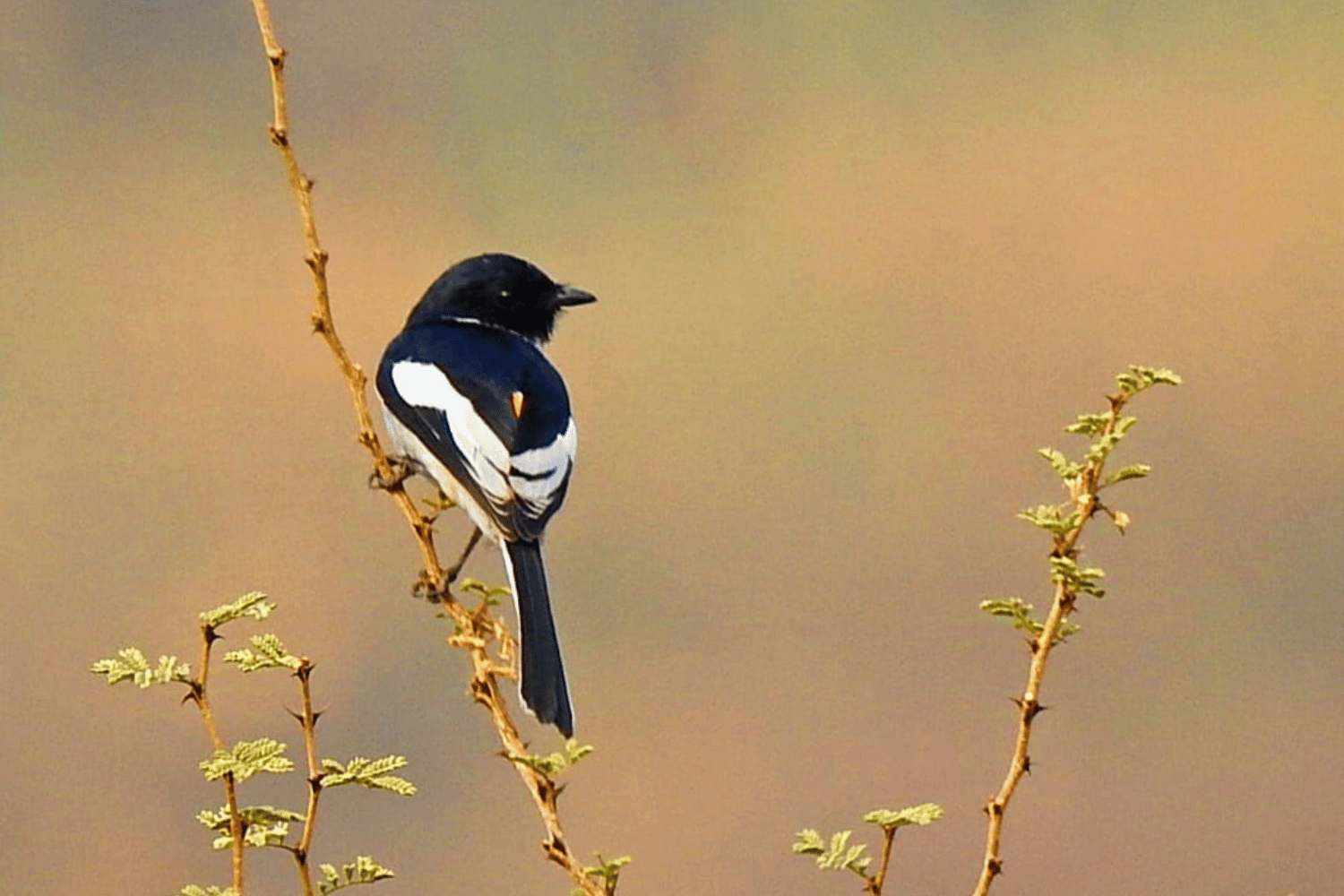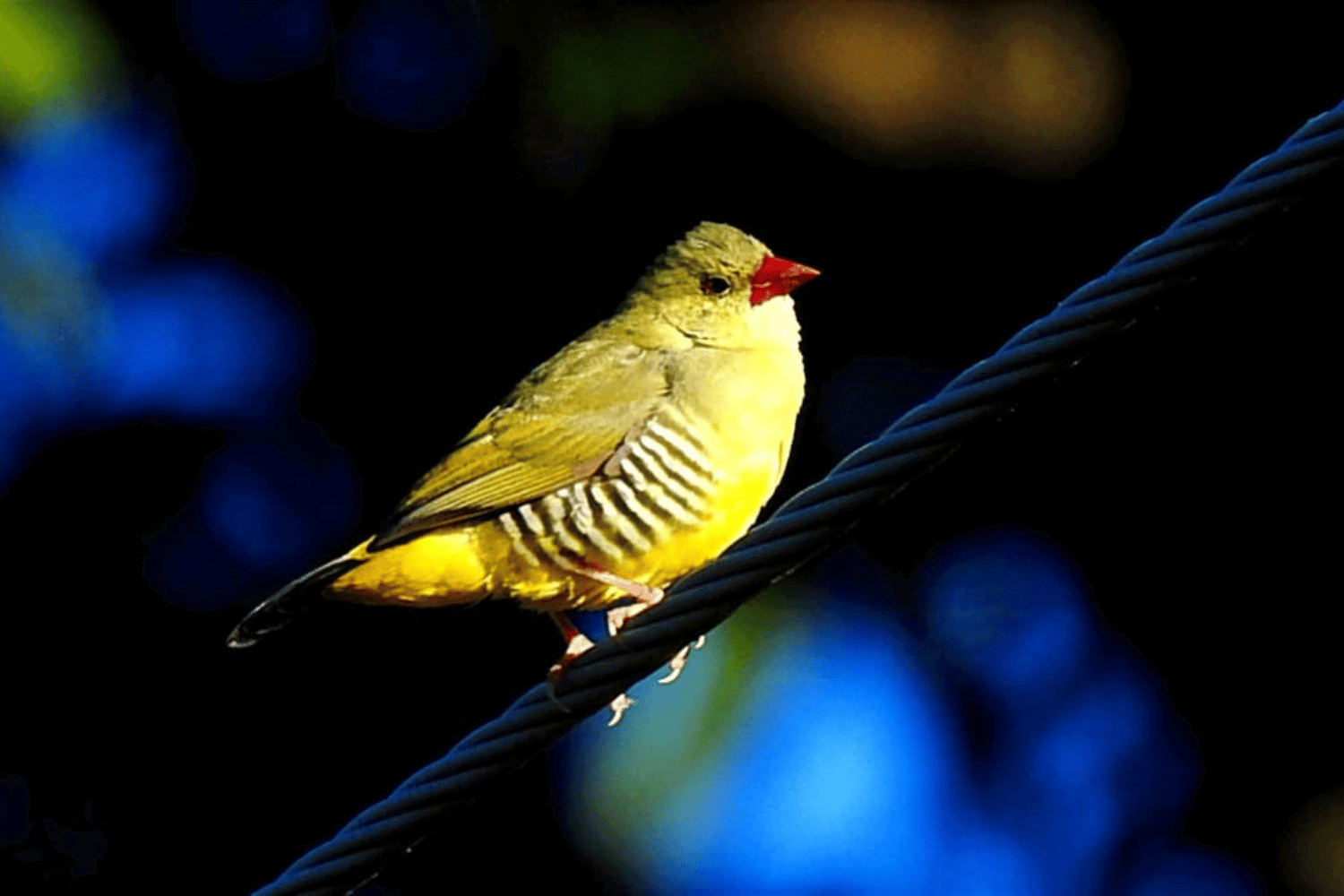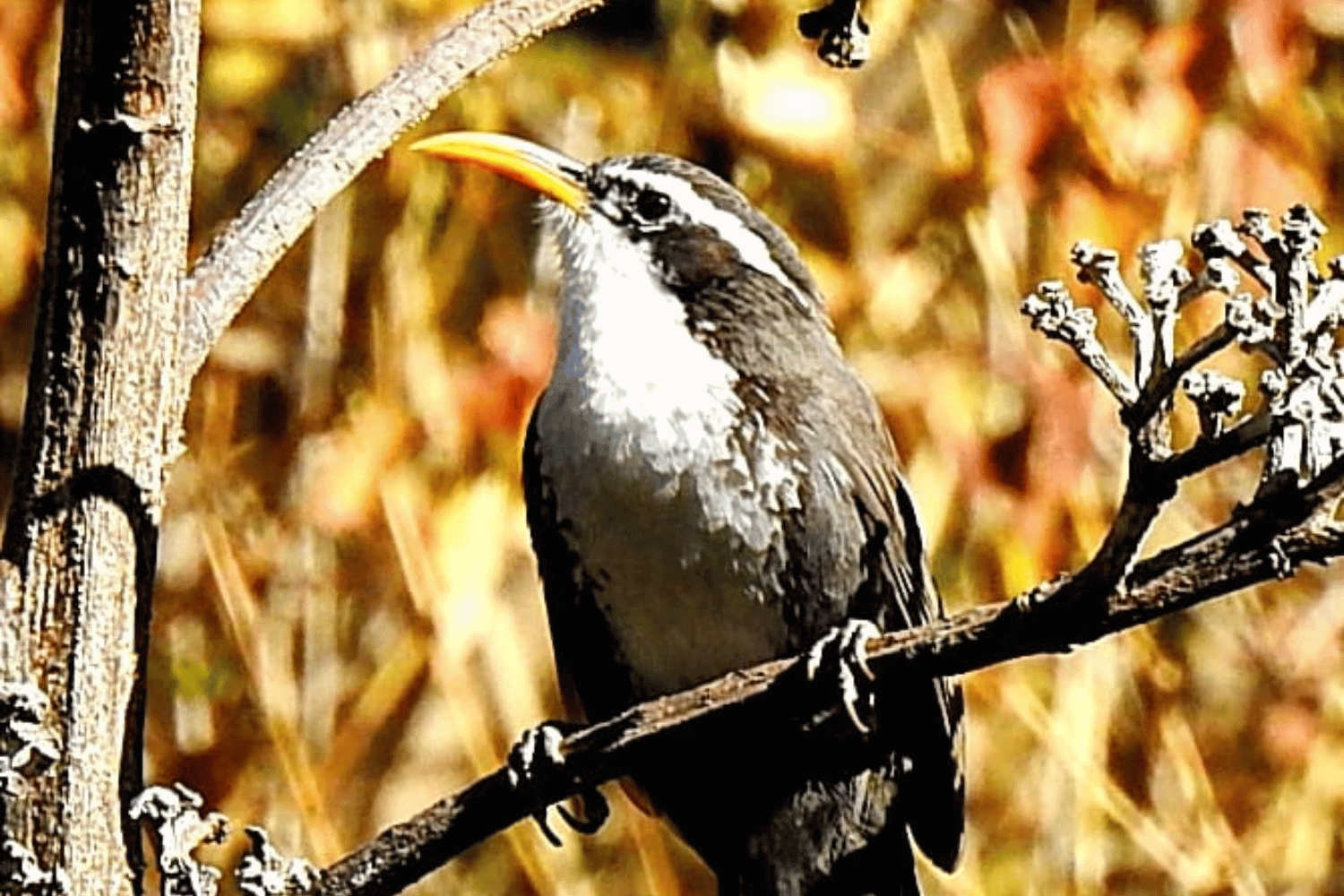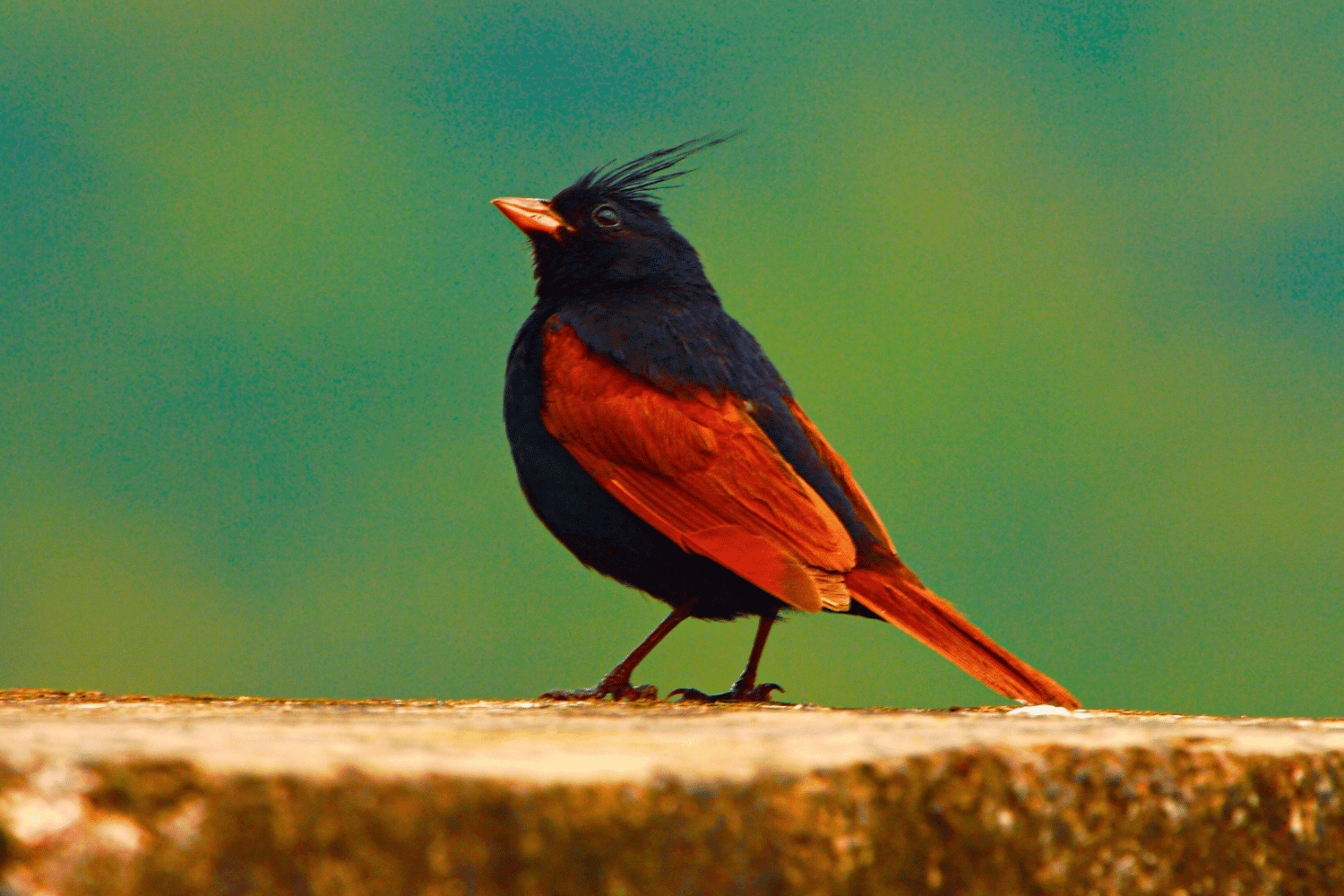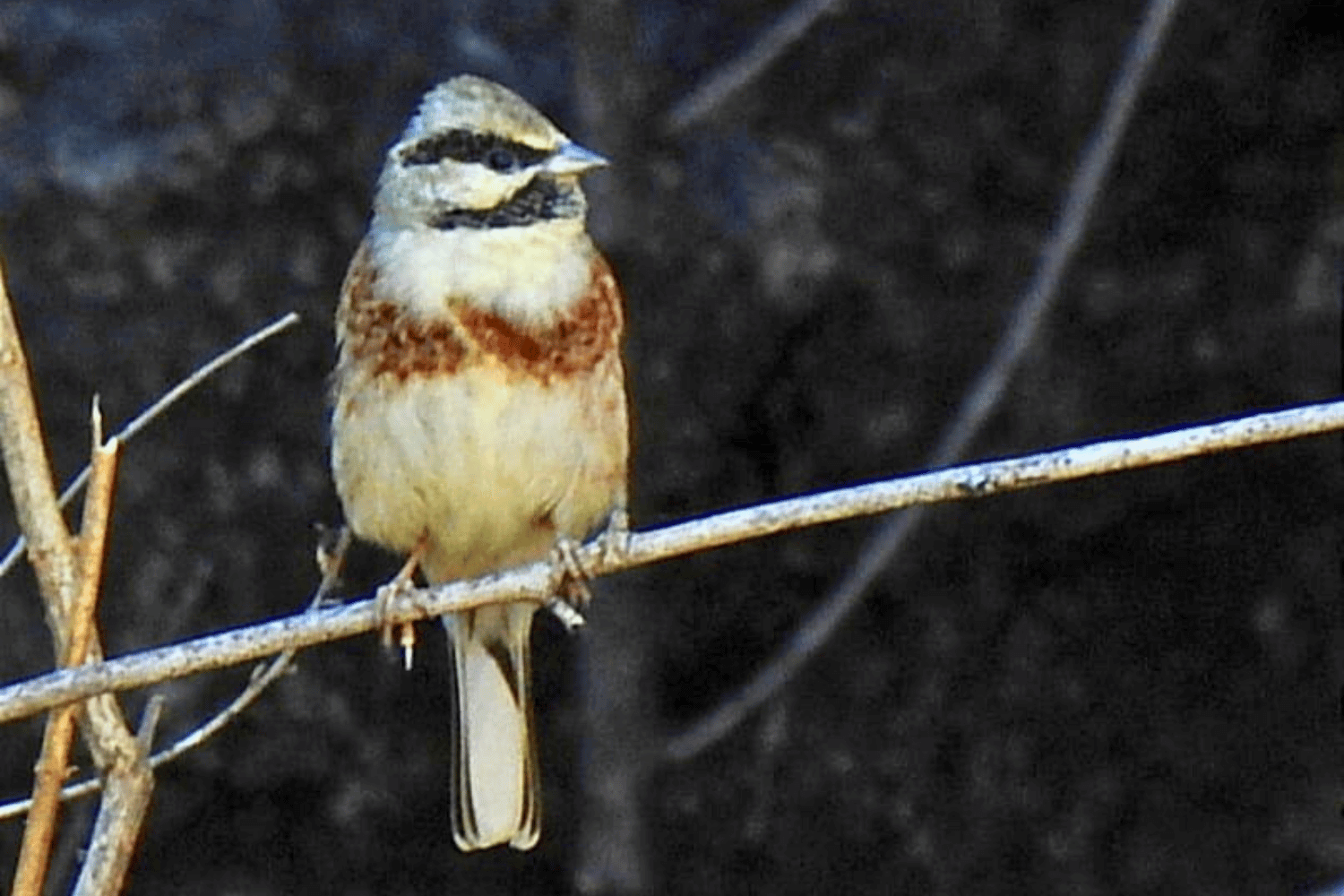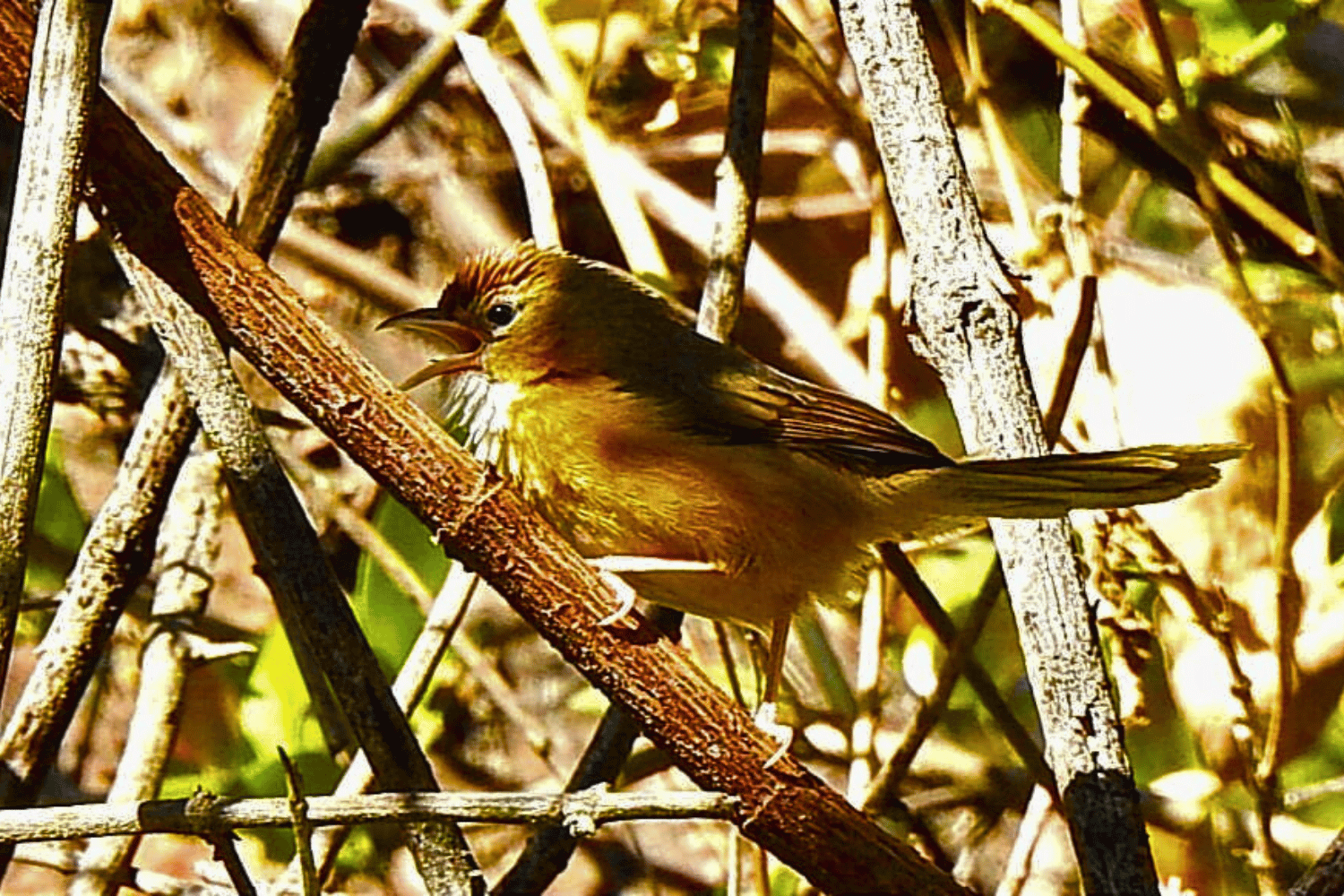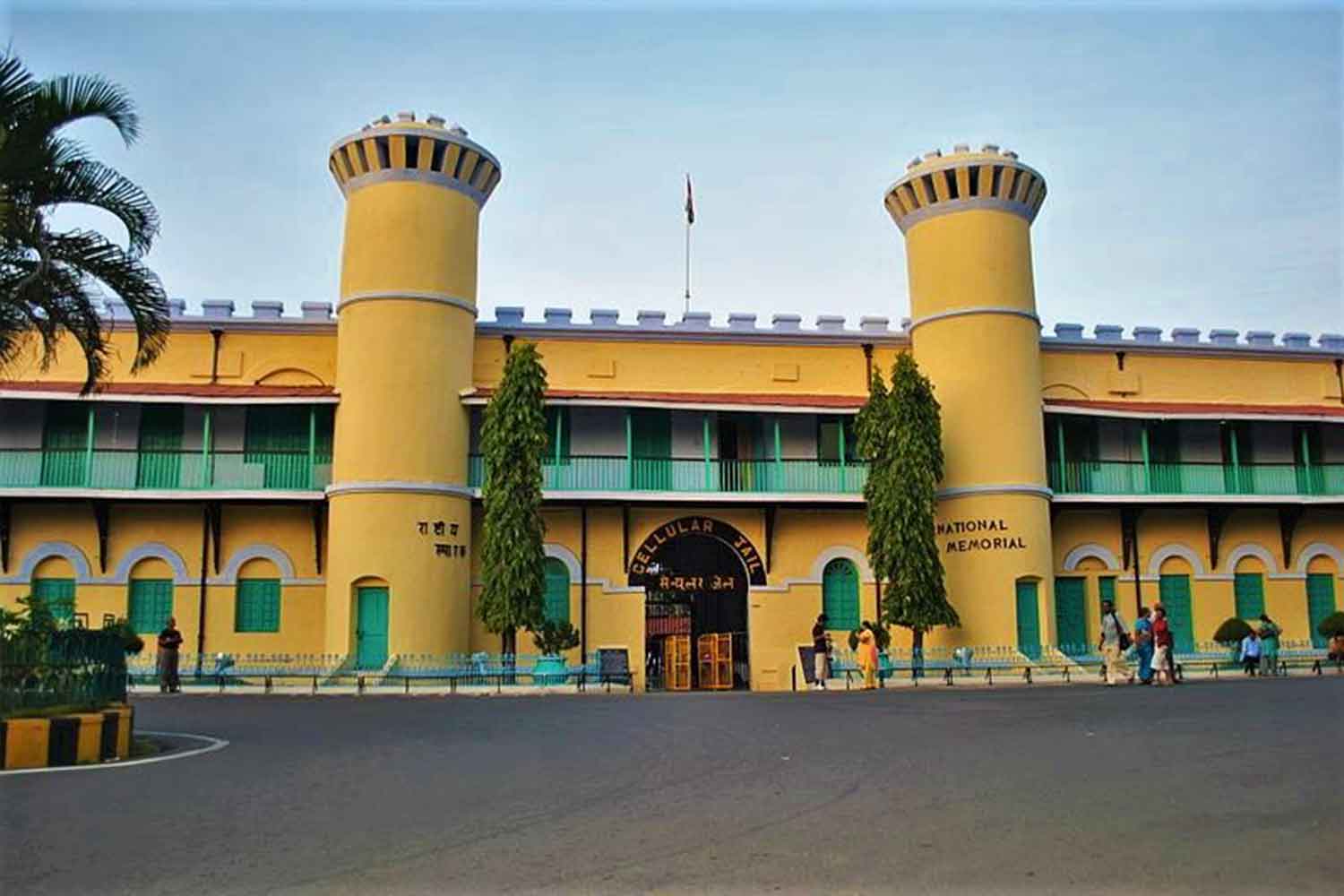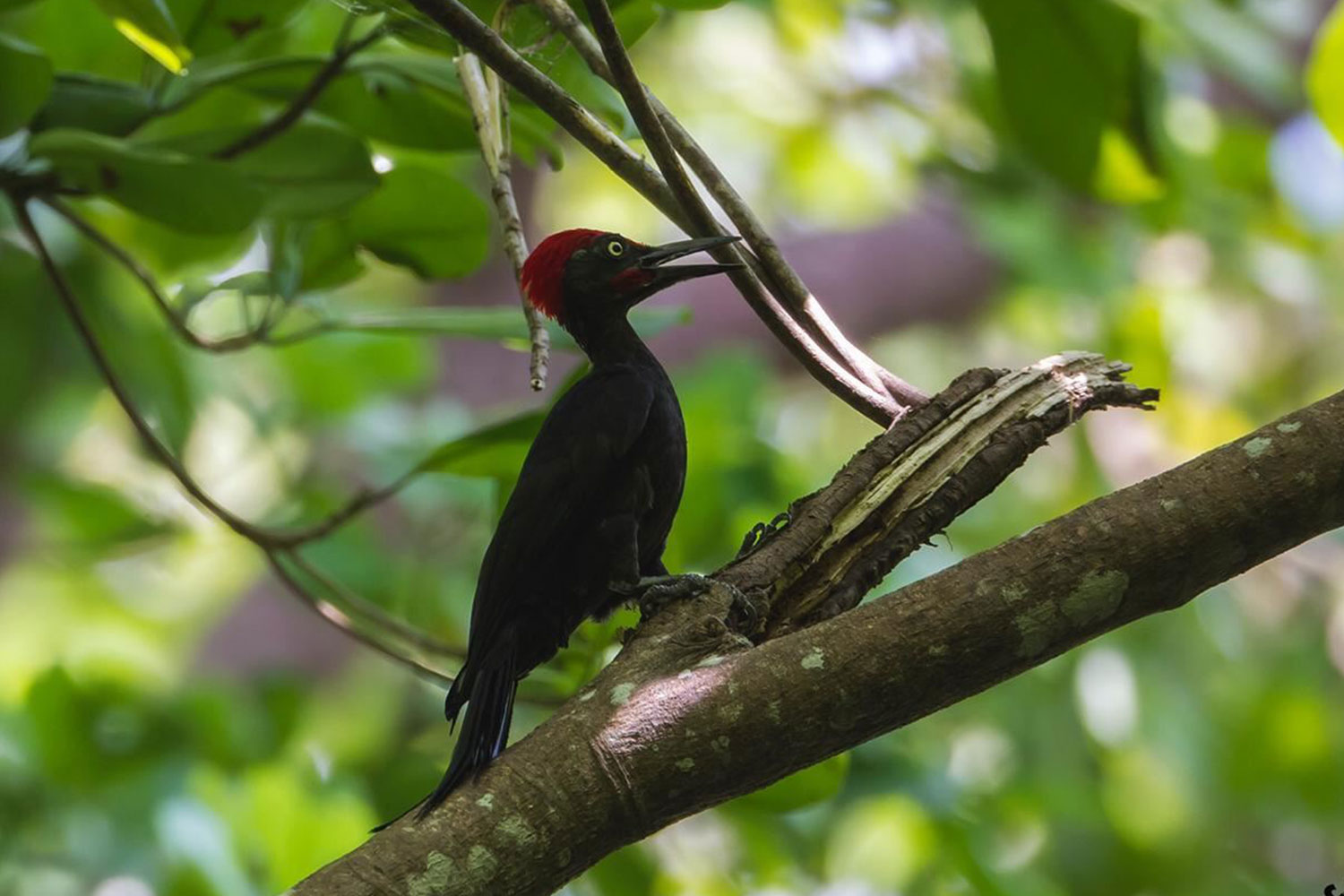Western India Birding Trip Report
Prelude to a Journey Across the Sands and Skies
In the golden winter of 2024, a group of ten spirited birdwatchers from France set forth on an epic avian quest across the semi-arid heartland of India. The journey, designed and executed by Asian Adventures, was more than a birding tour. It was a story of landscapes that changed from cityscapes to camel-tracked deserts, of rare birds that appeared like secrets revealed to the worthy, and of cultural encounters etched forever in memory.
Over seventeen days, we traversed a vast geographic canvas: from the Yamuna floodplains of Delhi to the bustling bazaars of Jaipur, the raptor-filled skies of Tal Chhapar to the haunting vastness of Desert National Park, the serenity of Mount Abu to the shimmering salt flats of the Rann of Kutch. As the group’s principal birding guide, it was a deeply fulfilling journey not just for the birds seen and recorded but for the camaraderie, the quiet triumphs, and the subtle moments of connection with nature.
All logistics and operations for this complex, multi-location itinerary were expertly managed by Asian Adventures, India’s pioneering nature tourism company. As the field guide, I received daily ground support from our operations team, who maintained constant communication through feedback calls. This enabled real-time adjustments to improve day-to-day logistics—from route changes to mealtime arrangements to birding site access—thereby enhancing the group’s overall experience and maximizing field time.
Arrival in Delhi and First Birding Impressions
Our journey began on the night of November 30th, when the French group landed at Indira Gandhi International Airport in Delhi at 11:45 PM. The guests, tired but excited, were met at the airport with a warm welcome and swiftly transferred to the hotel for a well-earned rest.
The following day, we deliberately maintained a relaxed pace in the morning to allow guests to acclimatize after their long-haul flights. In the afternoon, we headed out for our first birding session at Nehar Sahibi—a sprawling private property on the outskirts of Delhi that merges semi-urban agriculture with preserved woodland. Here, amid a soft winter breeze, we observed our first burst of Indian birdlife. The crested form of the Honey Buzzard spiraled above us. Indian Grey Hornbills flapped clumsily between trees, while the rhythmic calls of the Coppersmith Barbet echoed from high perches. Spotted Owlets blinked at us from under eaves, and Baya Weavers constructed nests like little chandeliers in the reeds. The setting sun filtered through dust and mist, casting a golden hue on our first Indian checklist.
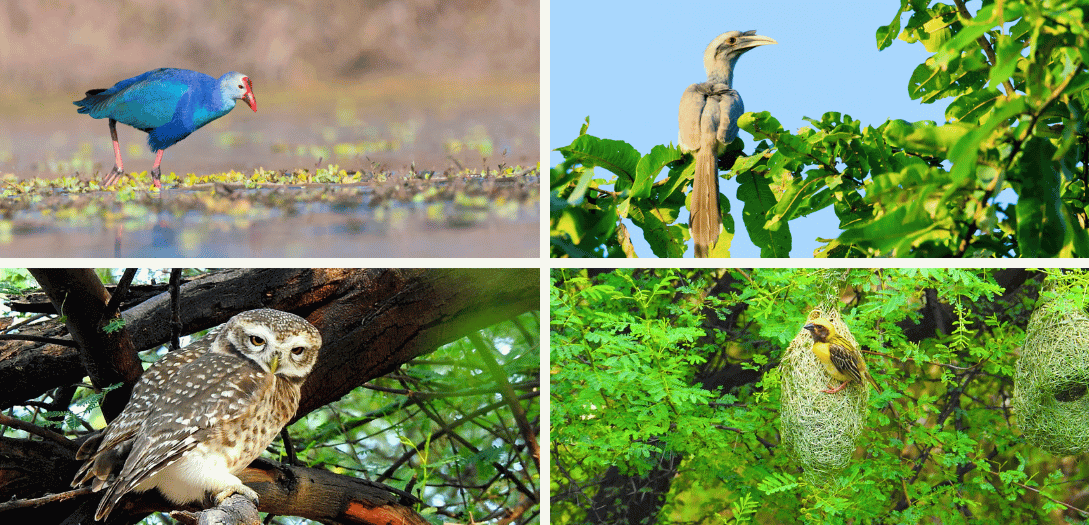
Sultanpur Birding and the Road to Jaipur
On our second full day, we visited Sultanpur National Park, a wetland sanctuary nestled just outside Delhi. The park, a haven for migratory birds during winter, was brimming with avian activity. We trained our scopes on mixed feeding flocks where Brooks’s Leaf Warbler darted among the branches, and the elusive Sind Sparrow was seen briefly but clearly—a satisfying tick for all. Among reeds and grasses, we spotted Indian Pond Herons, Painted Storks, and Citrine Wagtails.

Post-birding, we set course for Jaipur. The drive was comfortable, and en route, we shared a countryside meal at a dhaba-style restaurant that gave our guests their first taste of India’s rich culinary palette. Upon arrival in Jaipur, we bypassed the hotel and headed directly to Jhalana Leopard Reserve. Despite the tight schedule, fortune favored us as we sighted a male Leopard lounging under a dhok tree in the late afternoon light—a rare and thrilling bonus to our birding itinerary. Later, we reached our hotel, exhilarated and ready for Rajasthan’s deeper wilds.
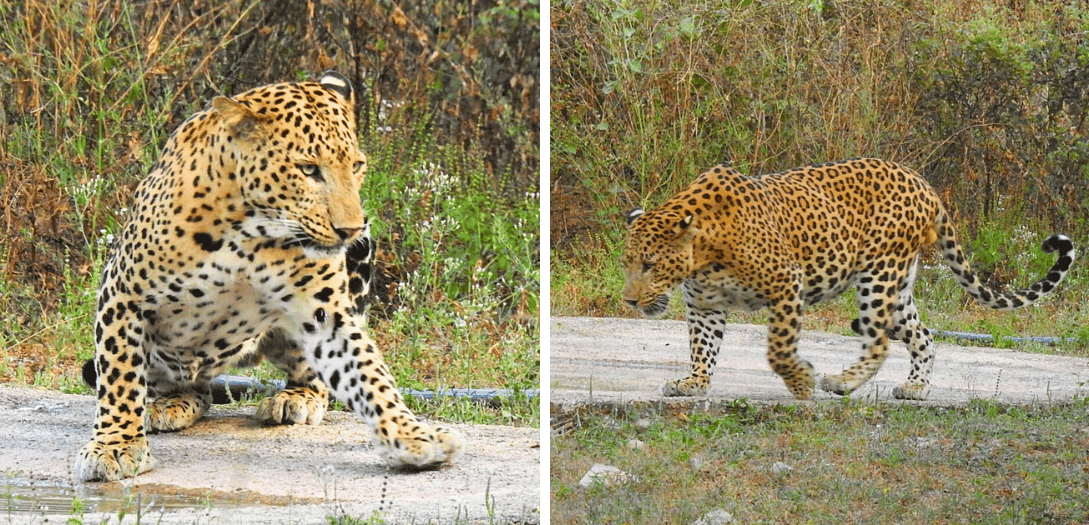
From the Pink City to the Grasslands of Tal Chhapar
After a hearty breakfast, we left the architectural elegance of Jaipur behind and drove toward the remote grasslands of Tal Chhapar Wildlife Sanctuary. This lesser-known gem is a landscape of golden grass, dotted with acacia trees and populated with wildlife adapted to open plains. After checking in and a brief rest, we ventured into the sanctuary. Our primary objective was to locate the Indian Spotted Creeper—a species so cryptically camouflaged that it could be mistaken for a shard of bark. After several focused hours and some intense scanning, we found it spiraling up a dry trunk, feeding calmly and offering rewarding views.
The next day, we spent from dawn to dusk in the sanctuary. The vast skies were alive with birds of prey: Steppe Eagles, Laggar Falcons, and Eurasian Griffons circled effortlessly. Harriers skimmed the grasses in search of rodents. The open fields yielded an abundance of larks and pipits, while Blackbuck antelope galloped in tight herds, their spiraled horns slicing the horizon. Every moment in Tal Chhapar reminded us of the richness that lies beyond India’s forests, in its grasslands, often overlooked but critically important.
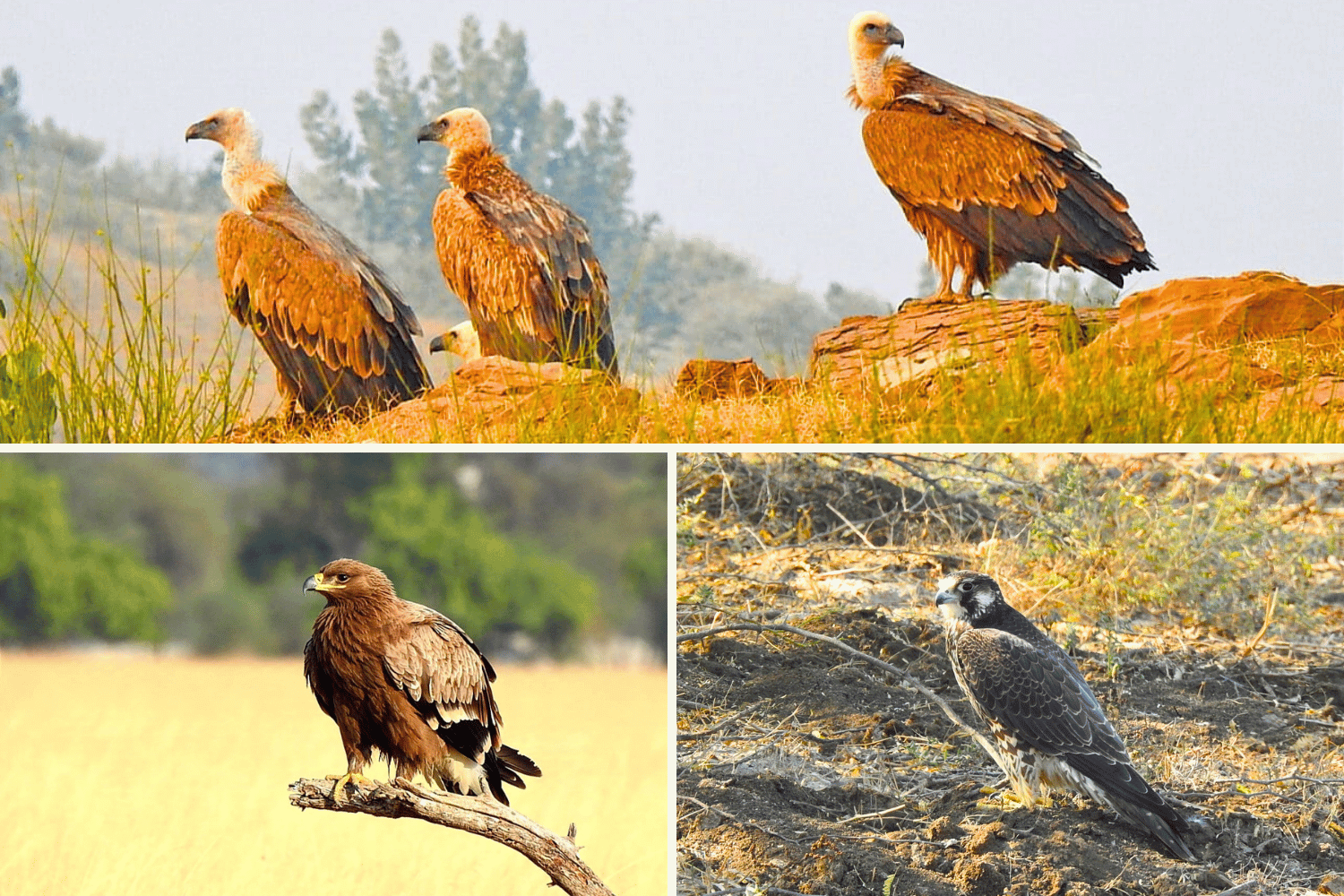
Bikaner, Yellow-eyed Pigeons, and the Crane Congregation of Kheechan
Our next stop was Bikaner. Before reaching the city, we paused at the National Research Centre on Camel, where flocks of vultures—including Egyptian and Cinereous—soared over the camel pens. The highlight of this leg was undoubtedly the Yellow-eyed Pigeon, a vulnerable species whose wintering grounds near Bikaner have become famous among birders. We were able to watch a small but stable flock feed in the fields, their yellow irises glowing like twin suns.
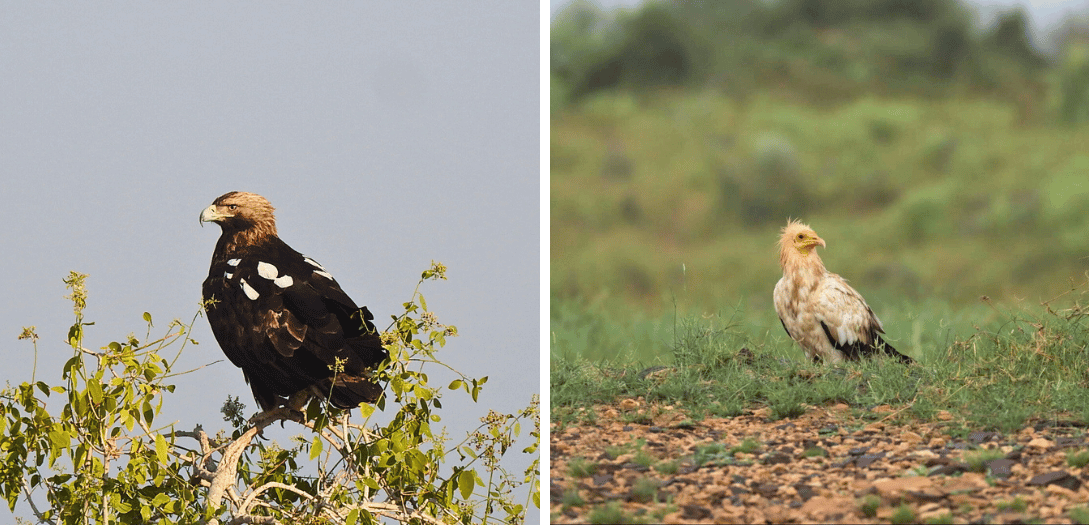
By afternoon, we reached Kheechan, a village that transforms into a theatre of wings every winter. The following morning, just after first light, we stood in silence as the first wave of Demoiselle Cranes descended from the sky in elegant spirals. Thousands followed, landing in the designated feeding grounds. Their soft trumpeting calls, synchronized movements, and the sheer scale of their arrival moved many to quiet awe. It was not just birdwatching—it was witnessing a natural miracle unfold.
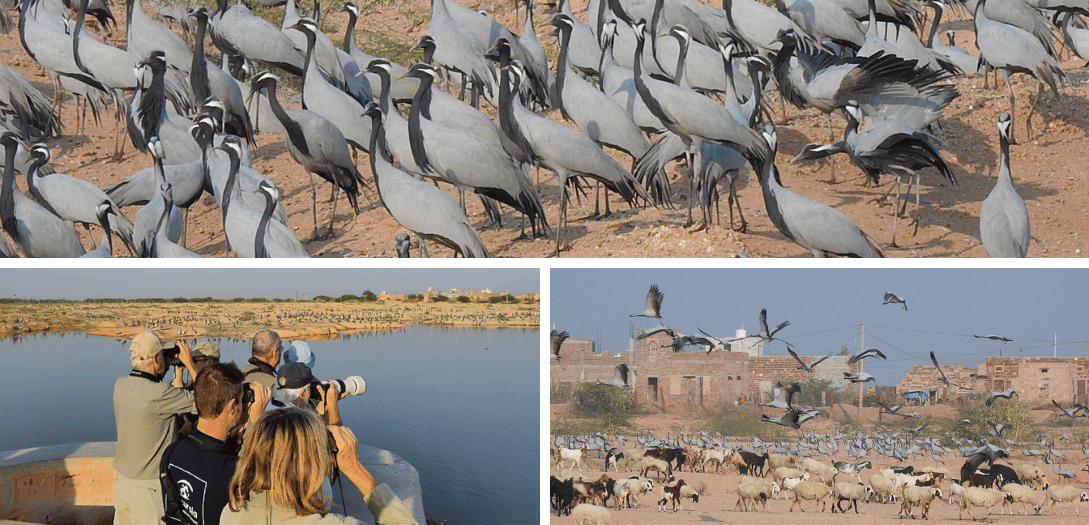
The Harsh Beauty of the Desert National Park
Post-breakfast, we departed for the edge of the Thar Desert and the iconic Desert National Park near Jaisalmer. Our camp was nestled among wind-blown dunes, and after a late lunch, we ventured out to explore. That evening’s birding introduced us to the likes of Desert Wheatear, Asian Desert Warbler, and Desert Fox. As the sun dipped below the sandy ridges, it painted the landscape in shades of amber and rose—a perfect canvas for sunset photography.
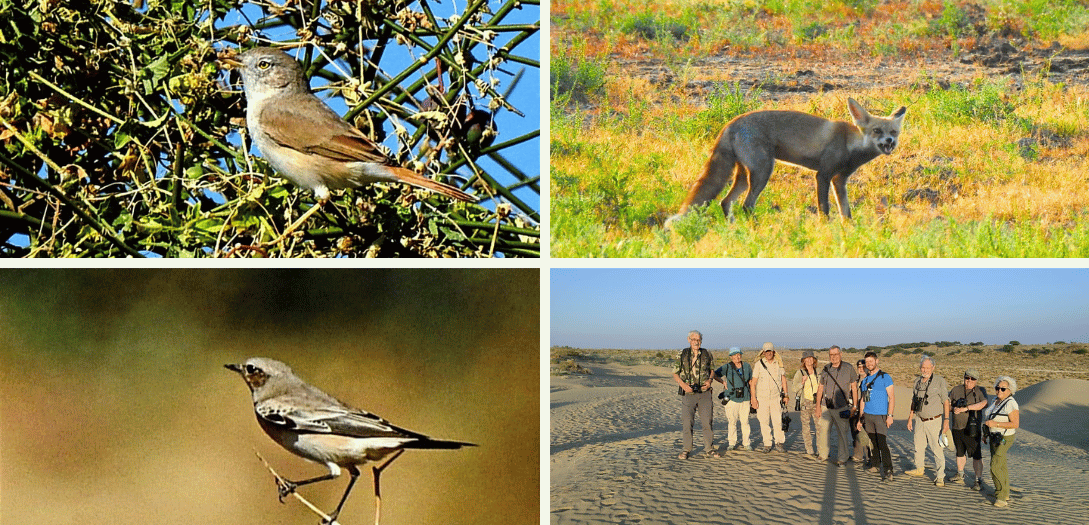
The next day was reserved for our quest to find the Great Indian Bustard. As one of the world’s rarest birds, seeing it requires not only effort but luck. After hours of scanning barren flats and driving across sandy trails, our persistence was rewarded when we located a male bustard striding purposefully across an undisturbed patch. The moment felt historic—every pair of binoculars was fixed, every breath held. With reverence, we watched until it vanished into the shimmering heat haze. Other notable species included Bimaculated Lark, Trumpeter Finch, Chestnut-bellied Sandgrouse, and Long-billed Pipit.
The Rugged Scrub of Siana and the Forested Plateau of Mount Abu
From the desert flats, we climbed into the scrubby outcrops of Siana. Here, the dry thorn forests were alive with Sykes’s Warblers and Rock Bush Quail. The morning yielded a fantastic suite of sightings, including Indian Eagle-Owl, White-bellied Minivet, and the delicately patterned Painted Sandgrouse. After lunch, we journeyed to Mount Abu, arriving just before dusk. Without delay, we set out for the Green Avadavat—a species endemic to this region. Within an hour of patient searching along bamboo-laced trails, we were gifted with clear views of a feeding flock.
The next morning brought even more surprises as we explored the plateau. Red Spurfowl, Indian Scimitar Babbler, White-capped Bunting, and Crested Bunting adorned our lists. After lunch, we began our descent and made the long drive toward Gujarat’s saline wilderness: the Little Rann of Kutch.
The Salt Enigma of the Little Rann of Kutch
The Little Rann of Kutch greeted us with vast saltpans, cracked earth, and distant mirages. Here, we encountered the elegant Indian Wild Ass—endemic to this region—moving in small herds across the flats. The safari also brought sightings of the Peregrine Falcon, the Eastern Imperial Eagle, and the prized Macqueen’s Bustard. In the distance, a sea of Lesser Flamingos turned the saline waters pink. The silence of the desert was broken only by wingbeats and the soft rustle of wind across tamarisk.

The Final Frontier: Bhuj and the Great Rann of Kutch
From LRK, we headed to Bhuj, our base for exploring the final jewel of the journey—the Great Rann of Kutch. Over three days, we birded the Banni Grasslands, coastal estuaries, and thorn scrub forests. On a brisk morning, we watched as a male Grey Hypocolius alighted on a Prosopis bush—a top target and a lifer for all. Other rarities soon followed: the acrobatic Marshall’s Iora, the elusive Indian Nightjar, the bold White-naped Tit, and flocks of Indian Coursers running through cracked soil like ghostly shadows. The saline coastal flats teemed with gulls, terns, and shorebirds, while wild boars trotted along bunds near freshwater depressions.
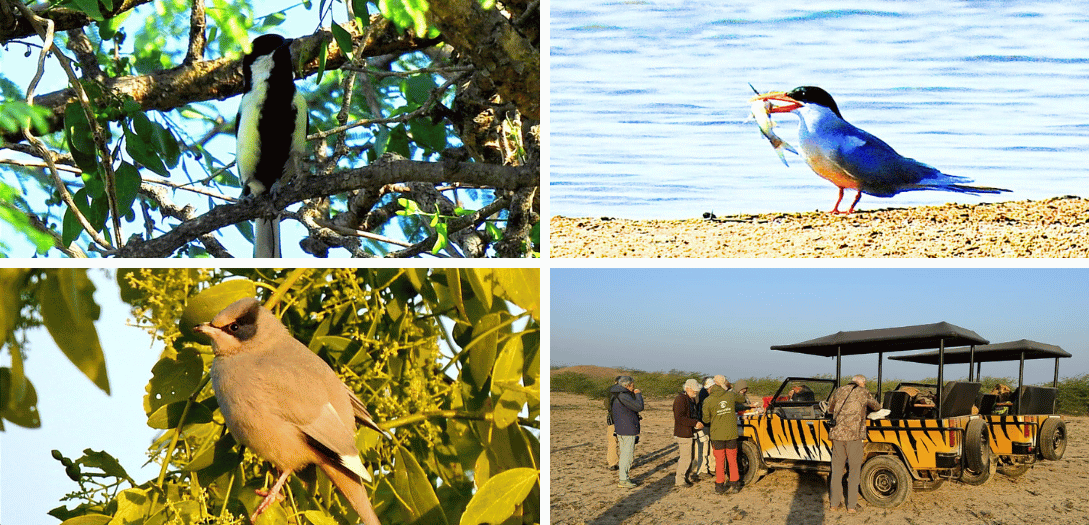 Signature under photo
Signature under photo
Farewell and Reflections
On December 16th, after final checklist reviews and heartfelt goodbyes, the group departed from Ahmedabad with minds full of memories and memory cards full of photographs. Over 280 bird species had been recorded, with nearly all key targets seen well. The tour stood as a testament to what thoughtful planning, passionate guiding, and seamless logistics can achieve.
Our office (Asian Adventures) operations team, working quietly behind the scenes, ensured every lodge, meal, transfer, permit, and unexpected contingency was handled with professionalism. Their nightly feedback calls and adaptive planning allowed us to modify schedules in real-time, ensuring not just smooth operations but elevated experiences.
For me, as a guide, it was a privilege to lead such a well-informed and enthusiastic group. The spirit of curiosity and shared joy in discovery that characterized this tour will remain etched in memory for years to come.
Dates: 30 November – 16 December 2024
Duration: 16 Nights / 17 Days
Participants: 10 Birdwatchers from France
Indian Birding Guide: Deepak Kumar, from Asian Adventures
Local Ground Operator: Asian Adventures (www.asianadventures.net | info@asianadventures.in)


